 Web Front-end
Web Front-end
 PS Tutorial
PS Tutorial
 Essential article for getting started: Explanation of 10 commonly used functions in PS (Collection)
Essential article for getting started: Explanation of 10 commonly used functions in PS (Collection)
Essential article for getting started: Explanation of 10 commonly used functions in PS (Collection)
In the previous article "ps teaches you how to cut out images quickly with one click and select tools (detailed explanation with pictures and text)", I introduced you to a tool that is familiar to everyone - -Quick selection tool, this tool is very important for cutout. The following article will share with you some practical tips in PS, which can help us improve work efficiency in our daily life.
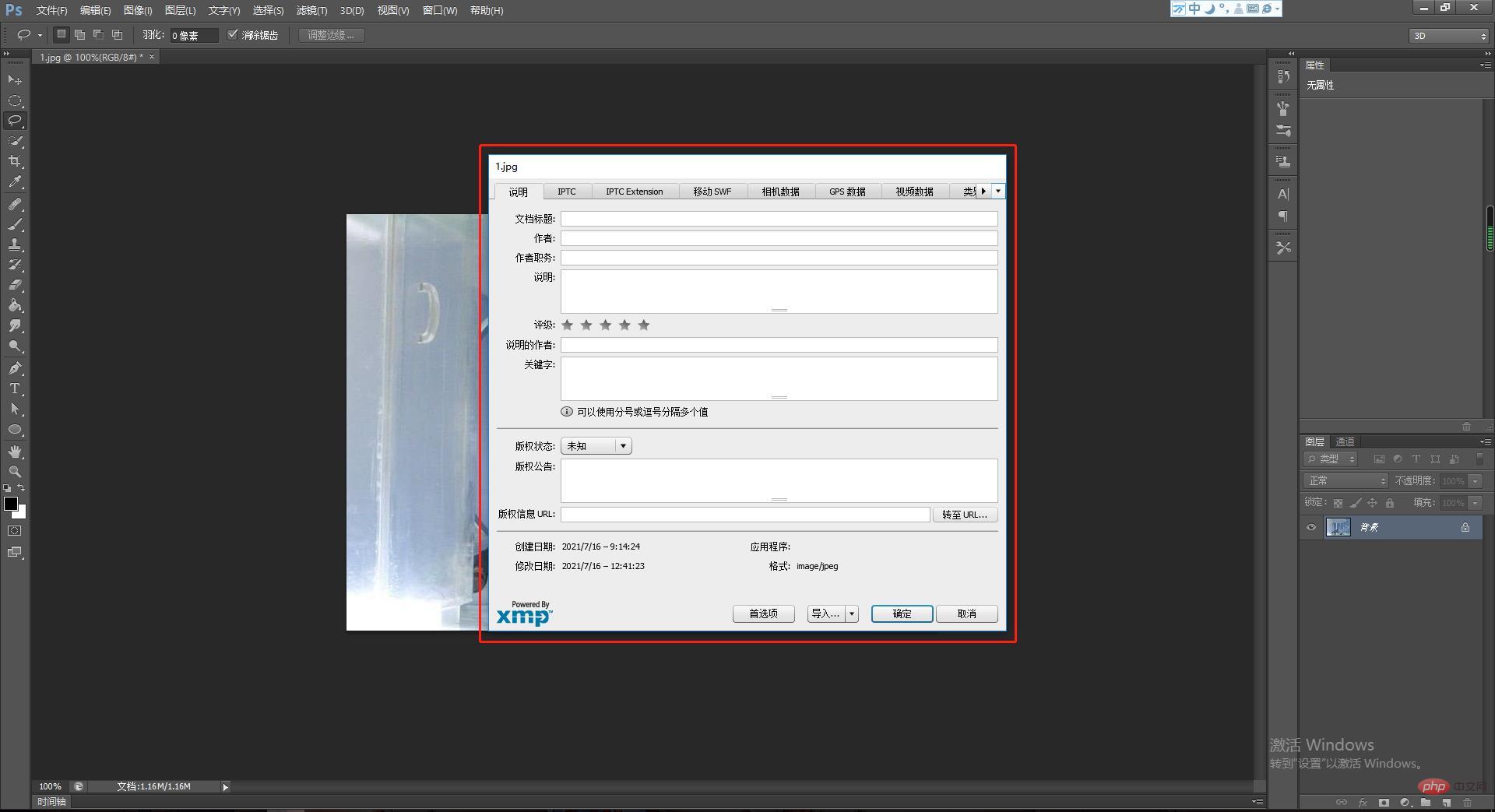
We have collected 10 tips to improve PS work efficiency. These tips are summarized by the many years of work experience of PS experts. I hope they can be useful to everyone. help.
Tip 1: Erase everything you don’t want
To remove the girl paper in the picture below from the screen, select [Lasso] ] tool to make a selection on it. Then click [Edit>Fill], select [Content Awareness] and click OK. The character was erased in an instant!
Students can use this trick to remove watermarks from photos, passers-by, or even ex-boyfriends/girlfriends in group photos. However, the accuracy of content recognition is not particularly high and is suitable for simpler backgrounds. Multiple debuggings are possible.


Tip 2: Protect the copy rights tool--embed pictures
Information In order to avoid theft of pictures, many photographers now put their own watermarks on the pictures before publishing them. But what if the watermark is erased? The editor teaches you another way to embed copyright information into the source data of the image itself.
How to embed copyright information into pictures in PS? Press [Ctrl Alt Shift I] or click [File>File Introduction], and the following source data window will pop up. Then enter your information as prompted and click OK to save.

Tip 3: Dual-window monitoring of images
ps when retouching Have you ever encountered such a situation? When editing details, always zoom in and out to observe the picture to prevent the proportions from being out of balance during adjustments. If you can use two windows to monitor the same picture at the same time. The specific operation is as follows: click [Window>Arrange>New window for XX (picture file name)], then click [Window>Arrange>Double Vertical]. At this point, the two windows are aligned vertically.
You can enlarge the details of a picture and display the whole picture. When editing pictures under such monitoring, no matter which window you adjust the pictures in, they will be synchronized.
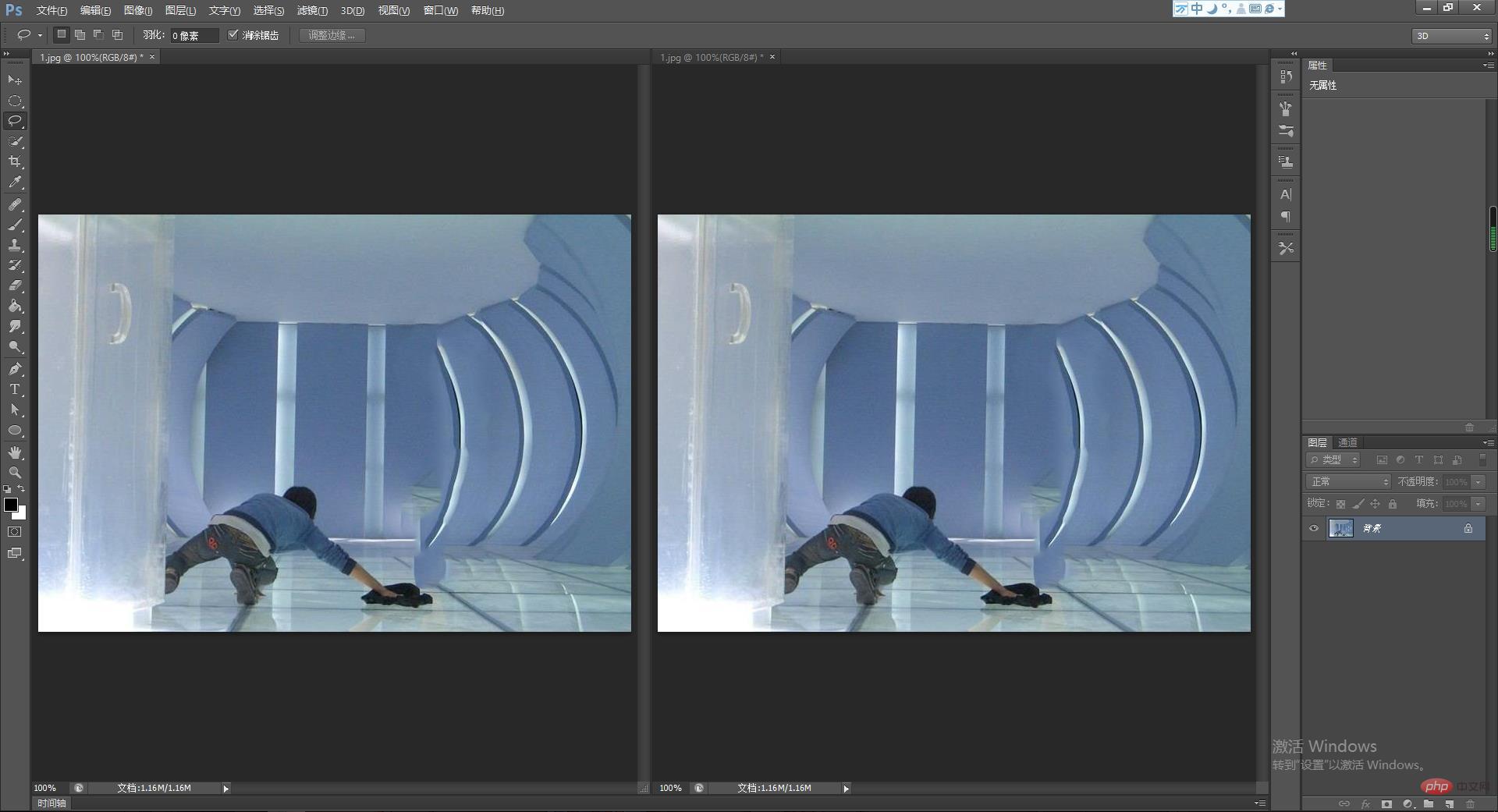
Tip 4: English Spell Check
Forgot the word while writing or Simple spelling errors often occur when typing.
When you use PS to do some text typesetting, [Spell Check] can help you quickly find incorrect phrases and provide correct references, but this function currently only recognizes English. Click Edit > Spell Check to find it.
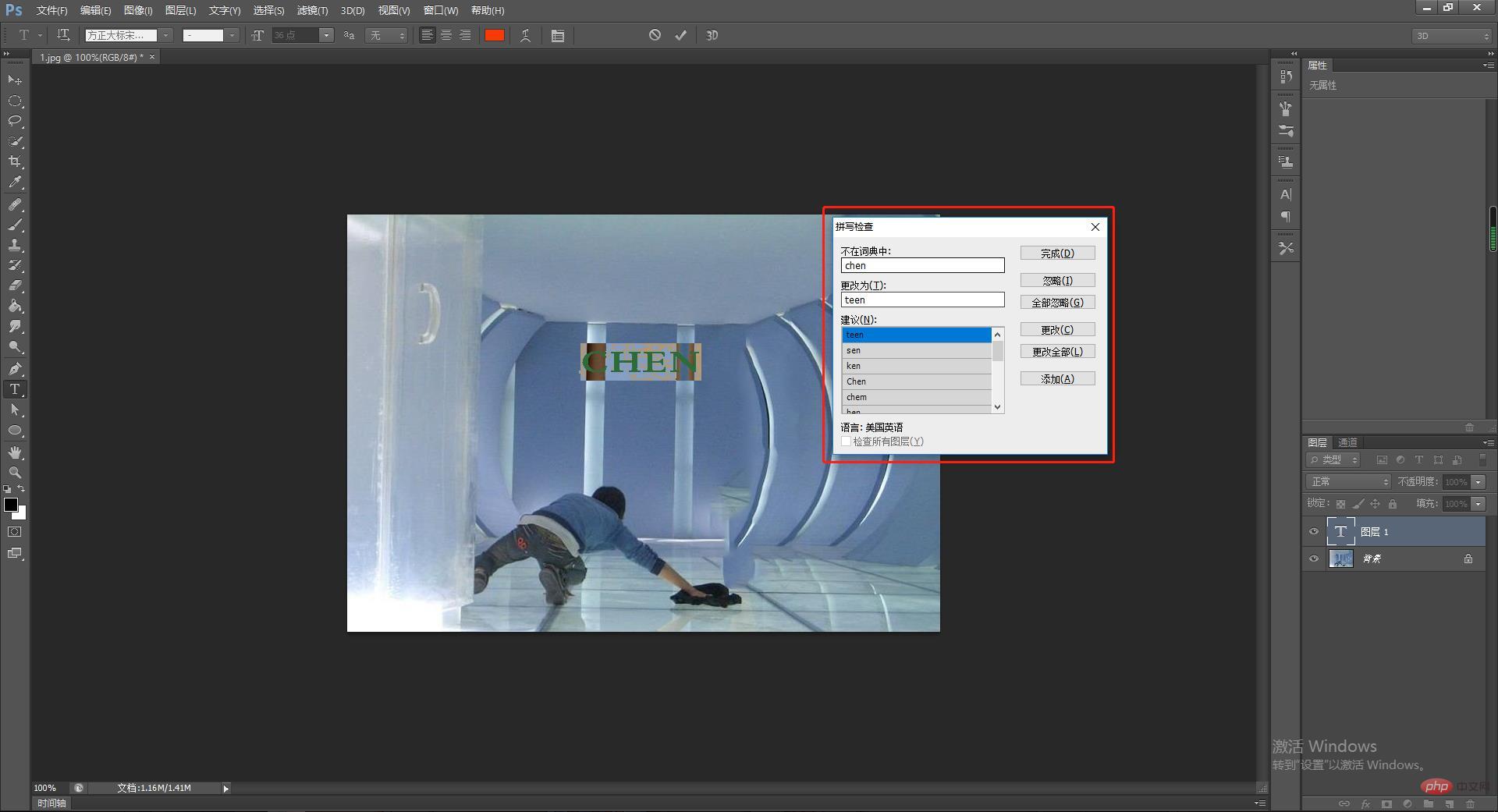
Tip Five: Batch Edit
If you have a large number of photos What should I do if I need to edit immediately and I don’t have Lightroom on my computer? Just save the photos in the same folder on your computer. Then you can open a photo first and record an action [Window > Action].
After creating the action, click [File>Automatic>Batch], then select the action you just recorded, and then click OK. PS will open and apply the action to of all the photos in this folder, saving quite a bit of time and effort.
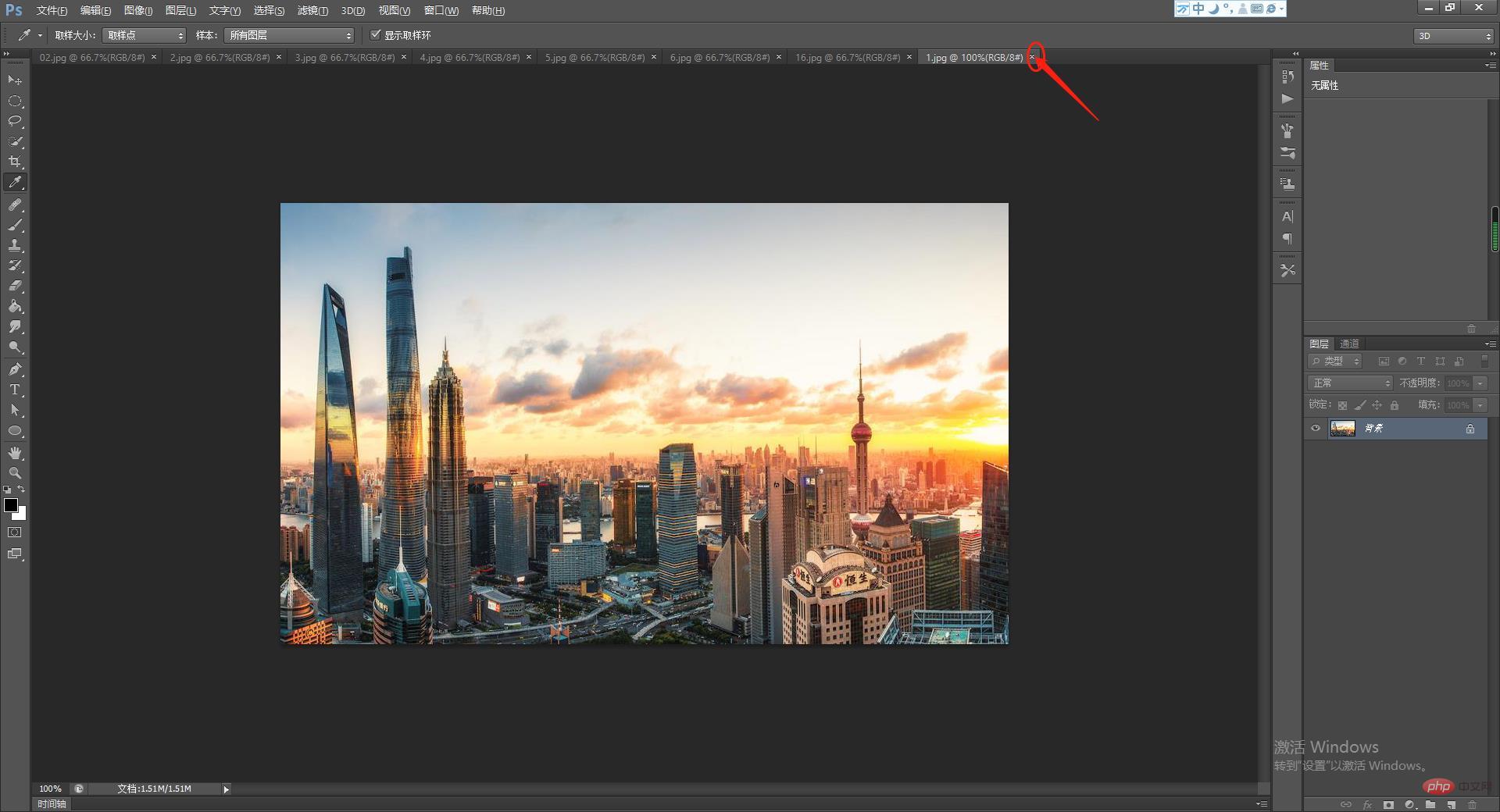
Tip 6: Close all images with one click
Complete editing , there may be countless pieces of material in the window, and it is a waste of time to close them one by one.
In fact, as long as you hold down the [Shift] key and click the [Close X] of any picture, you can close all pictures with one click.

Tip 7: Record steps--Historical prompt document
As the saying goes, a good memory is worse than a bad writing. When you are editing a group of photos, for the sake of unity of the image, the steps for editing each picture should be roughly the same. What should you do if you suddenly forget the steps? At this time, the "Historical Text" function of PS comes in handy.
It is different from the "action" function. Its function is equivalent to helping you take notes and help you recall some steps and details of editing pictures. Click [Edit>Preferences>General] to turn on this feature.
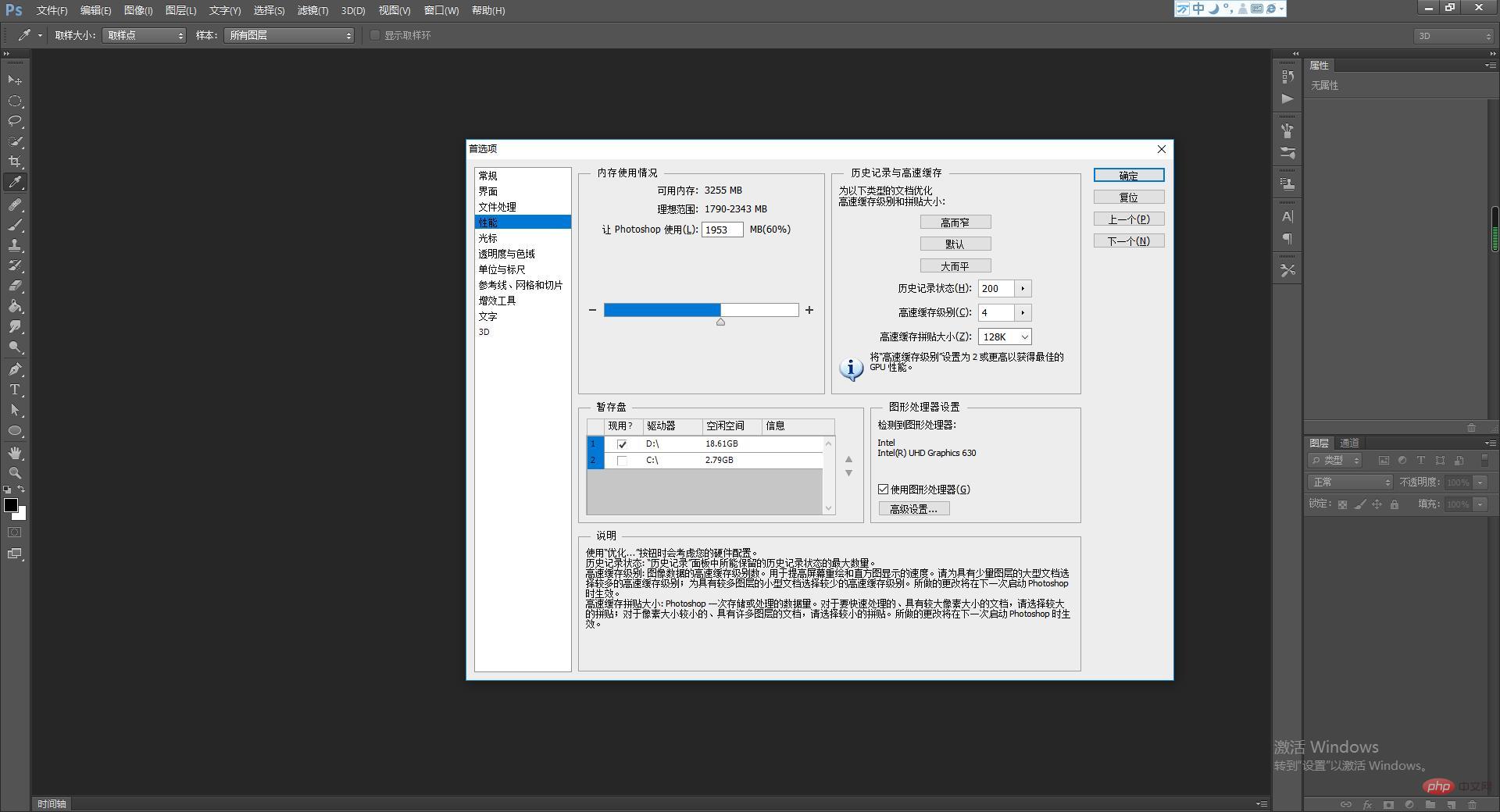
Tip 8: Quickly create better black and white photos
In PS, you can convert a color photo to black and white with one click. Click [Image>Adjustment>Decolorize] to complete.
If you want to take this black and white photo to a higher level, you might as well use a "Black and White Adjustment Layer" to adjust it. You can use 6 color sliders to control the main color of the image. For color, you can also use the little hand tool to click on any area of the picture to make regional adjustments.

Tip 9: Finish the post-production in one minute!
#Although this seems to be no secret, it is also the most frequently used by photographers, so it is necessary to introduce it. Camera Raw is a Raw format image adjustment plug-in embedded in Photoshop.
Almost in PS, it is the most useful plug-in for photographers! Clarity, light and shade, light and shadow, color... can all be adjusted with one click. Just click [Filter] to find [Camera Raw].
The picture below is a picture adjusted within 1 minute using Camera Raw~ but the processed picture needs to be in RAW format (the new version of PS supports JPG format).
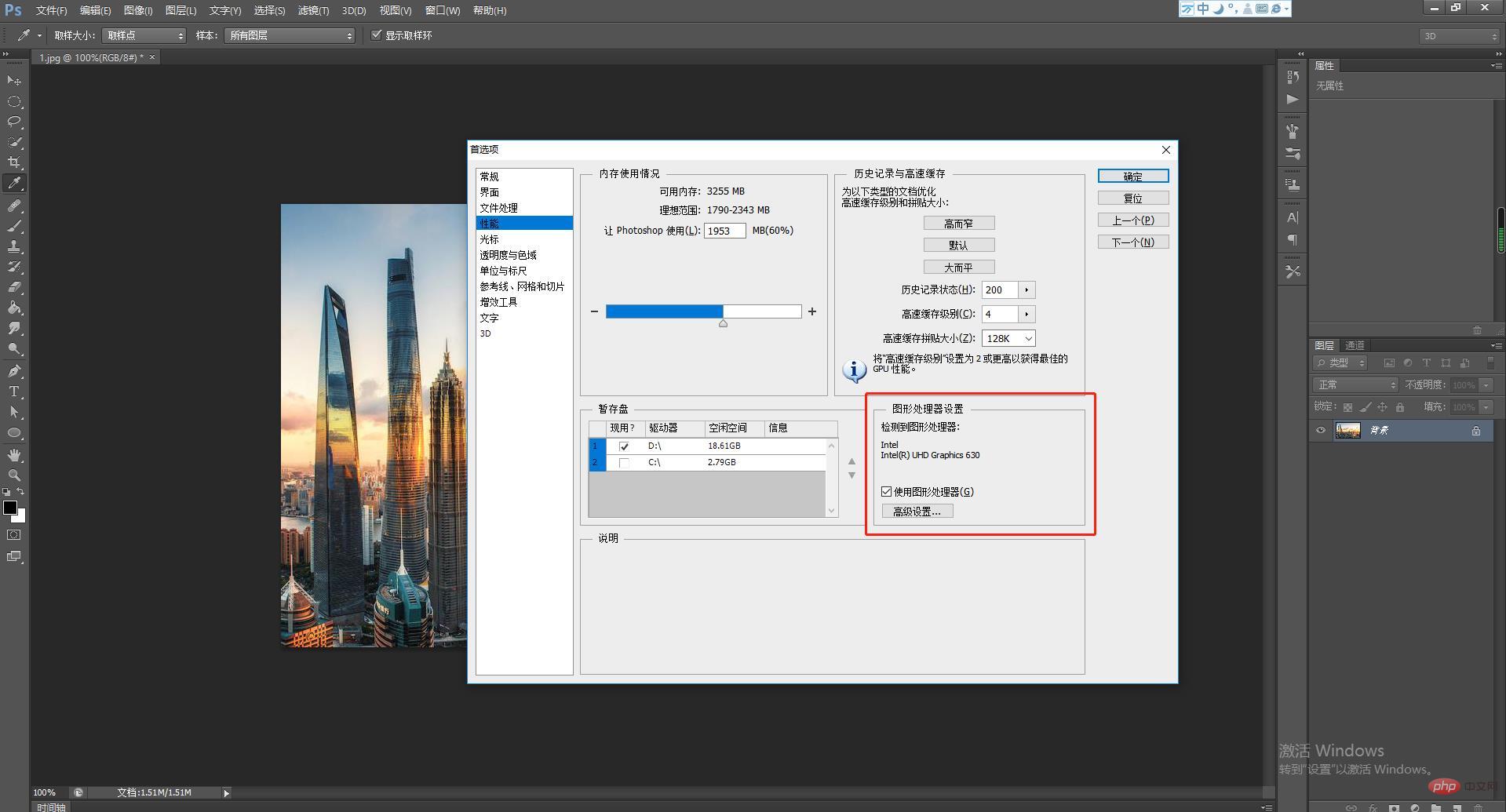
Tip 10: Powerful Regret Medicine--Unlimited Undo
ps in The default number of undos is 20 (or 50), which may not be enough for us to "regret". However, as long as you adjust the number of undos in the preferences, you can achieve 1,000 undos.

Recommended learning: PS video tutorial
The above is the detailed content of Essential article for getting started: Explanation of 10 commonly used functions in PS (Collection). For more information, please follow other related articles on the PHP Chinese website!

Hot AI Tools

Undresser.AI Undress
AI-powered app for creating realistic nude photos

AI Clothes Remover
Online AI tool for removing clothes from photos.

Undress AI Tool
Undress images for free

Clothoff.io
AI clothes remover

Video Face Swap
Swap faces in any video effortlessly with our completely free AI face swap tool!

Hot Article

Hot Tools

Notepad++7.3.1
Easy-to-use and free code editor

SublimeText3 Chinese version
Chinese version, very easy to use

Zend Studio 13.0.1
Powerful PHP integrated development environment

Dreamweaver CS6
Visual web development tools

SublimeText3 Mac version
God-level code editing software (SublimeText3)

Hot Topics
 1386
1386
 52
52
 ps serial number cs5 permanently free 2020
Jul 13, 2023 am 10:06 AM
ps serial number cs5 permanently free 2020
Jul 13, 2023 am 10:06 AM
PS serial numbers cs5 permanent free 2020 include: 1. 1330-1384-7388-4265-2355-8589 (Chinese); 2. 1330-1409-7892-5799-0412-7680 (Chinese); 3. 1330-1616-1993 -8375-9492-6951 (Chinese); 4. 1330-1971-2669-5043-0398-7801 (Chinese), etc.
 What to do if ps installation cannot write registry value error 160
Mar 22, 2023 pm 02:33 PM
What to do if ps installation cannot write registry value error 160
Mar 22, 2023 pm 02:33 PM
Solution to error 160 when ps installation cannot write registry value: 1. Check whether there is 2345 software on the computer, and if so, uninstall the software; 2. Press "Win+R" and enter "Regedit" to open the system registry, and then Find "Photoshop.exe" and delete the Photoshop item.
 How to delete selected area in ps
Aug 07, 2023 pm 01:46 PM
How to delete selected area in ps
Aug 07, 2023 pm 01:46 PM
Steps to delete the selected area in PS: 1. Open the picture you want to edit; 2. Use the appropriate tool to create a selection; 3. You can use a variety of methods to delete the content in the selection, use the "Delete" key, use the "Healing Brush Tool" , use "Content-Aware Fill", use the "Stamp Tool", etc.; 4. Use tools to repair any obvious traces or defects to make the picture look more natural; 5. After completing editing, click "File" > in the menu bar "Save" to save the editing results.
 Introduction to the process of extracting line drawings in PS
Apr 01, 2024 pm 12:51 PM
Introduction to the process of extracting line drawings in PS
Apr 01, 2024 pm 12:51 PM
1. Open the software and import a piece of material, as shown in the picture below. 2. Then ctrl+shift+u to remove color. 3. Then press ctrl+J to copy the layer. 4. Then reverse ctrl+I, and then set the layer blending mode to Color Dodge. 5. Click Filter--Others--Minimum. 6. In the pop-up dialog box, set the radius to 2 and click OK. 7. Finally, you can see the line draft extracted.
 What should I do if the PS interface font is too small?
Dec 01, 2022 am 11:31 AM
What should I do if the PS interface font is too small?
Dec 01, 2022 am 11:31 AM
How to fix the PS interface font that is too small: 1. Open PS, click the "Edit" button on the top menu bar of PS to expand the editing menu; 2. Click the "Preferences" button in the expanded editing menu, and then click "Interface. .." button; 3. In the interface settings, set the user interface font size to "Large", set the UI scaling to "200%" and save the settings, then restart PS to take effect.
 How to automate tasks using PowerShell
Feb 20, 2024 pm 01:51 PM
How to automate tasks using PowerShell
Feb 20, 2024 pm 01:51 PM
If you are an IT administrator or technology expert, you must be aware of the importance of automation. Especially for Windows users, Microsoft PowerShell is one of the best automation tools. Microsoft offers a variety of tools for your automation needs, without the need to install third-party applications. This guide will detail how to leverage PowerShell to automate tasks. What is a PowerShell script? If you have experience using PowerShell, you may have used commands to configure your operating system. A script is a collection of these commands in a .ps1 file. .ps1 files contain scripts executed by PowerShell, such as basic Get-Help
 Complete list of ps shortcut keys
Mar 11, 2024 pm 04:31 PM
Complete list of ps shortcut keys
Mar 11, 2024 pm 04:31 PM
1. Ctrl + N: Create a new document. 2. Ctrl + O: Open a file. 3. Ctrl + S: Save the current file. 4. Ctrl + Shift + S: Save as. 5. Ctrl + W: Close the current document. 6. Ctrl + Q: Exit Photoshop. 7. Ctrl + Z: Undo. 8. Ctrl + Y: Redo. 9. Ctrl + X: Cut the selected content. 10. Ctrl + C: Copy the selected content.
 What is the ps curve shortcut key?
Aug 22, 2023 am 10:44 AM
What is the ps curve shortcut key?
Aug 22, 2023 am 10:44 AM
The ps curve shortcut key is Ctrl+M. Other curve shortcut keys: 1. Convert to point control curve, Alt+Shift+Ctrl+T; 2. Automatically align the curve, Alt+Shift+Ctrl+O; 3. Restore the default curve, Ctrl+Alt+Shift+R; 4. Copy the curve, Ctrl+Alt+Shift+C; 5. Paste the curve, Ctrl+Alt+Shift+V; 6. Adjust the curve slope, Shift+up and down arrows; 7. Adjust the curve brightness, Shift+left and right arrows



